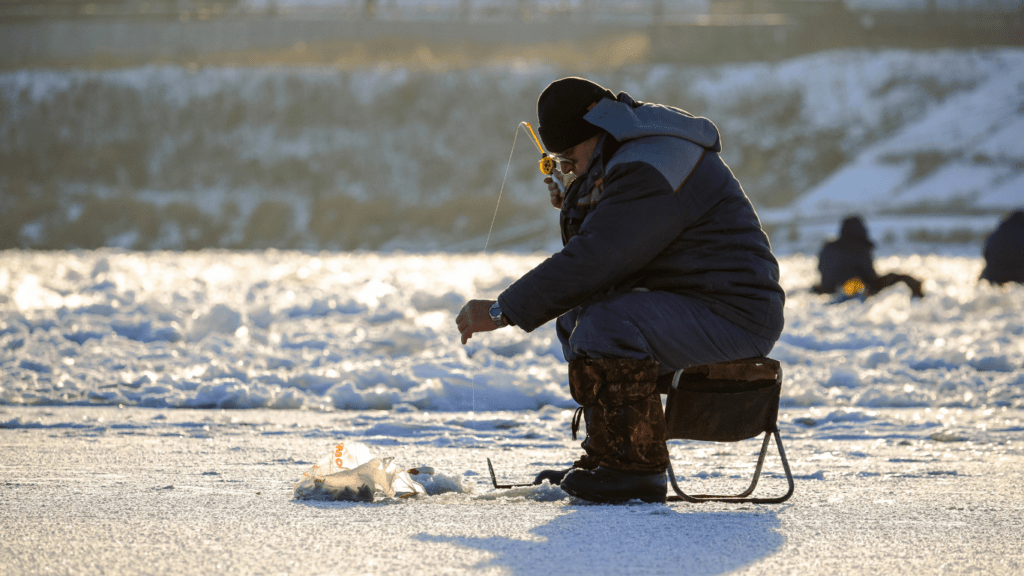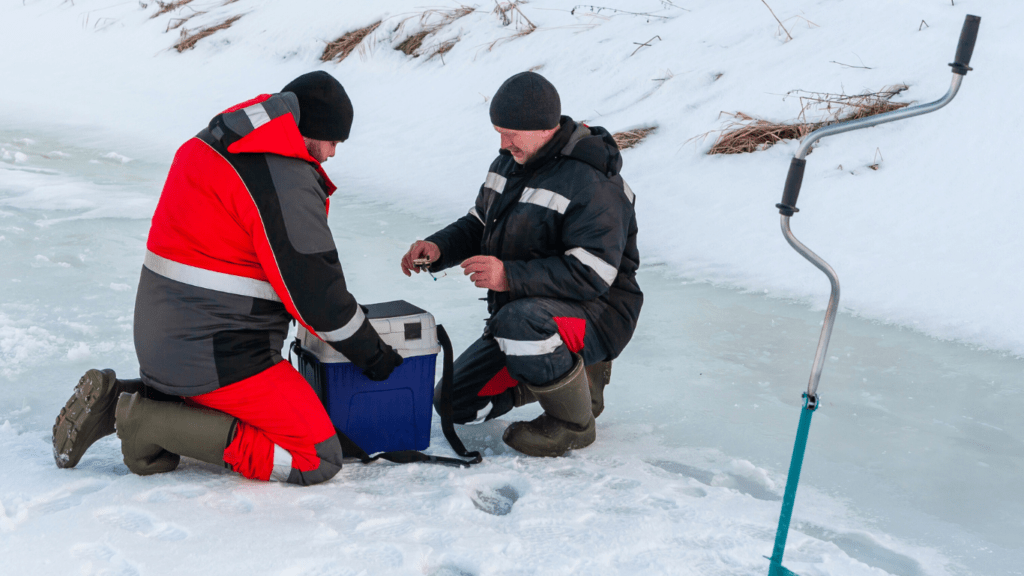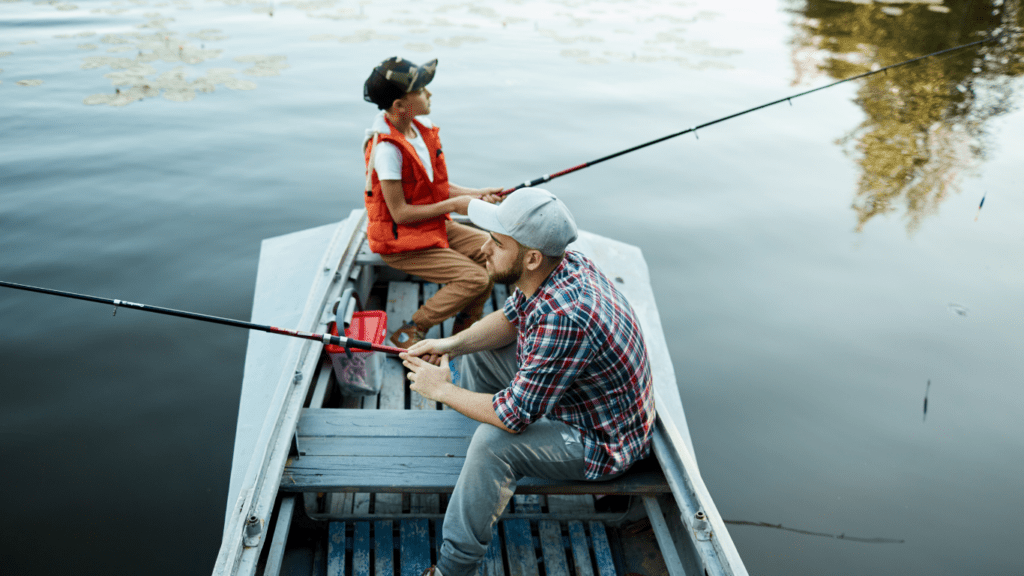Ice fishing has always fascinated me. There’s something magical about stepping onto a frozen lake, drilling a hole, and waiting for that first tug on the line. It’s not just about catching fish—it’s about embracing the chill, finding peace in the stillness, and connecting with nature in its rawest form.
Understanding Ice Fishing
Ice fishing involves catching fish through an opening in the ice of a frozen water body. The activity combines patience, technique, and specialized equipment to ensure success and safety. It offers opportunities to target species like:
- walleye
- perch
- northern pike
Frozen lakes create unique ecosystems where fish behavior differs from warmer months. Fish tend to stay near underwater structures, which provide protection and consistent temperatures. Understanding these patterns is key for effective fishing. Local resources like bait shops or online fishing forums often offer updated information about active spots and seasonal fish movements.
State-specific regulations govern ice fishing, such as limits on catch size and the use of equipment like tip-ups or electronic fish finders. Always review these rules before heading out. Ignoring regulations can result in fines and harm fish populations.
Ice thickness is critical when planning a trip. A minimum of 4 inches of clear ice supports foot traffic, while vehicles require at least 12 to 15 inches. Ice thickness varies based on water currents, snow cover, and temperature changes, so it’s important to test conditions frequently while on the ice.
Essential Gear For Ice Fishing

Using the right equipment ensures a productive and safe ice fishing experience. Each piece of gear plays a critical role in overcoming icy conditions and catching fish effectively.
Ice Augers And Drills
Ice augers create holes for fishing in frozen lakes. Manual hand augers work well for smaller holes, while power augers and cordless drills with auger attachments handle thick ice more efficiently. Blades must stay sharp for quick, precise cutting. An 8-inch diameter hole is common, providing ample space to maneuver larger fish.
Ice Fishing Rods And Reels
Shorter rods, typically 24 to 36 inches, work best for ice fishing as they’re designed for confined spaces. Pair rods with spinning reels, which offer smooth line control and increased sensitivity. Stiffer rods suit species like walleye, while ultralight rods work well for smaller fish like perch. Use reels rated for cold temperatures to avoid freezeline issues.
Tackle And Bait Options
- Jigs, spoons, and lipless crankbaits are essential tackle options.
- Tungsten jigs sink faster, making them effective in deeper water.
- Live bait like minnows or waxworms enhances attraction, particularly for species such as perch and northern pike.
- Combining lures with live bait increases chances of success during inactive fish periods.
Ice Shelters And Clothing
Portable ice shelters offer protection against harsh weather. Options range from simple pop-up styles to insulated hub designs for extreme conditions. Layered clothing is vital, starting with moisture-wicking base layers, followed by insulated mid-layers, and waterproof outer layers. Boots with good traction and gloves that retain dexterity help maintain warmth and safety on the ice.
Effective Ice Fishing Techniques
Using the right techniques increases the chances of success on the ice. Focus on understanding fish habits, movement patterns, and leveraging effective methods.
Locating Fish Under The Ice
Finding fish involves studying underwater structures and seasonal behavior. I use sonar devices or fish finders to identify depths where fish are active. In winter, species like walleye tend to gather near drop-offs or submerged points, while perch often roam in shallow, weedy areas. Local reports help pinpoint productive spots before drilling.
Using Proper Jigging Techniques
Jigging attracts fish with movement and mimics natural prey. I recommend starting with a slow lift-and-drop motion, pausing for a few seconds to encourage strikes. Adjust the jigging cadence based on fish reactions, visible through sonar if available. Experiment with lures, colors, and bait combinations like spoons tipped with minnows for various target species.
Tips For Setting Tip-ups
Tip-ups provide a passive fishing approach, ideal for covering multiple holes. I set them at varying depths, adjusting bait placement based on fish species. For instance, I suspend live minnows a few feet above the bottom for walleye. Regularly check line tension and maintain bait freshness to increase the likelihood of strikes.





